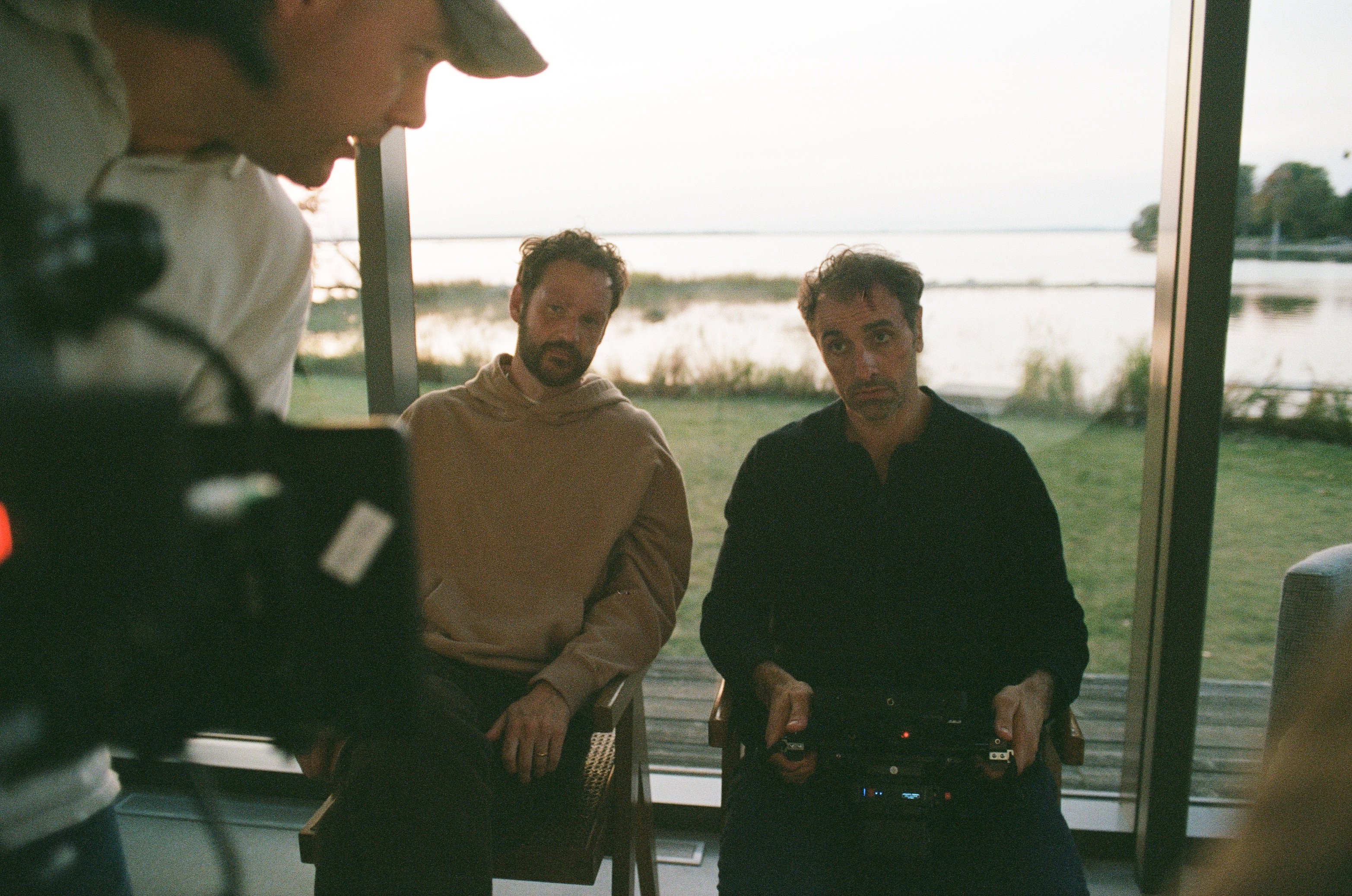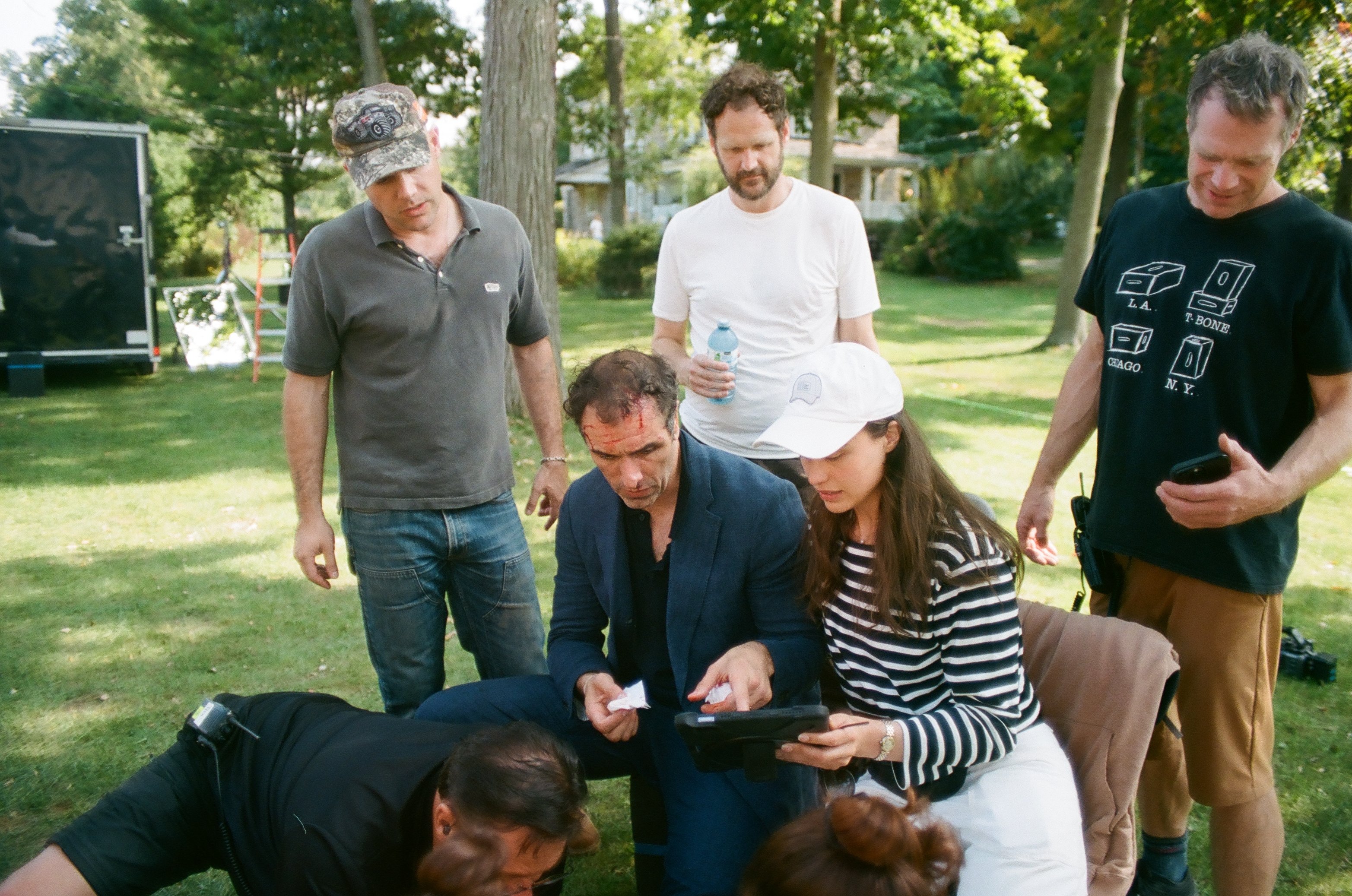A little girl’s headaches turned out to be a rare, inoperable brain tumor.
Rosie Hassall, five, started complaining of a pain in her forehead in November 2024.
Initially her parents – Charlotte, 36, and Stefan, 37, thought it was just a headache and gave her Calpol.
They noticed her left eye appeared delayed and booked an optician appointment – which found nothing wrong – and a doctors appointment.
Doctors didn’t know what was wrong before an MRI revealed a tumor in her brain.
A biopsy in January 2025 confirmed Rosie had pediatric bithalamic glioma containing a rare genetic abnormality – an aggressive and inoperable tumor due to its location, with a prognosis of nine to twelve months.
But after five rounds of chemotherapy Rosie has returned to school.
Mom Charlotte, an NHS worker, from Cheshire, said: “Rosie started complaining about pain in her forehead.
“At first, we thought it was just a headache, so we gave her Calpol, but the pain began to come more frequently.
(Brain Tumour Research via SWNS)
“I couldn’t believe it. After just one scan and no blood tests, I thought they must be wrong. As professional and kind as they were, the reality of the situation and what they were telling me were difficult to grasp.
“We didn’t think Rosie would be able to attend her school sports day in July, but she did, and she smashed it.
“She’s now returning to school for short sessions and has started her fifth round of chemo.
“She still has tough days, but she’s determined to carry on doing what she loves. She amazes us every single day.”
After an optician and doctors appointment found nothing wrong, Rosie became run down and was given antibiotics and diagnosed with an infection.
The family got a second opinion for her eye and a doctor confirmed she had a squint and referred them to ophthalmology at the Leighton Hospital in Crew – but they couldn’t pinpoint what was wrong.
The family were referred to pediatrics following a trip to out-of-hours care.
Rosie went for an MRI and on December 22 the family had a call and were told Rosie’s brain was compressed and she had a 6m tumor.
She had a biopsy on Dec. 27 to determine the type of tumor, and was diagnosed in the January.
Charlotte said: “I think, in that moment, I was still in denial. Apart from the pain, Rosie was just a normal little girl.
“When the pain wasn’t there, she was herself, full of attitude and life.”
On February 26, Rosie started radiotherapy alongside oral chemotherapy at The Christie Hospital in Manchester and had six weeks of it before starting chemotherapy.
She is now on her fifth cycle but a recent MRI scan, in June, showed the tumor was stable.
(Brain Tumour Research via SWNS)
Charlotte said: “After everything she’d been through, I was deflated when they said the tumor hadn’t shrunk.
“However, stable was still a win, and she looked so much better.
“Her balance had improved, and her energy was back. You want more positive news, of course. You hope for a miracle. But I’m learning to celebrate the small victories.
“She’s still our little firecracker – determined, smiling and full of fight. We couldn’t be prouder of her.”
Rosie’s brother, Charlie, eight, was recently diagnosed with a chronic tic, which doctors believe is linked to the stress of being separated from his parents during Rosie’s hospital stays.
Charlotte said: “It’s not just the child with cancer who’s affected, it’s the whole family.
“Charlie just wanted time with us, and thankfully we’ve had that this summer. Emotionally, it’s hard to explain what this journey is like.
“Some days, I feel strong. Other days, I’m barely holding it together.
“Rosie keeps us going because her positivity is infectious. She looks so well that sometimes we forget just how serious this is. But we’re still living one day at a time.”
The Hassall family are continuing to raise awareness of brain tumors during Childhood Cancer Awareness Month in September with support from Brain Tumour Research.
They have support from Siobhain McDonagh MP – who donated to the fundraiser.
Charlotte said: “It means a lot to know that people in Parliament are listening. This is about Rosie, but it’s also about making sure other families do not have to go through what we’re facing.
“Research into brain tumors is so underfunded compared with other cancers, and more needs to be done by Government to support families and invest in research if we’re ever going to find a cure.”
Ashley McWilliams, community development manager at Brain Tumour Research, said: “Rosie’s strength and the courage of her family are extraordinary. Her story shows how devastating brain tumors are, striking children with their whole lives ahead of them. During Childhood Cancer Awareness Month, we’re reminded of the urgent need for more research to give families like Rosie’s real hope. No parent should have to hear that there are no treatment options left.”













